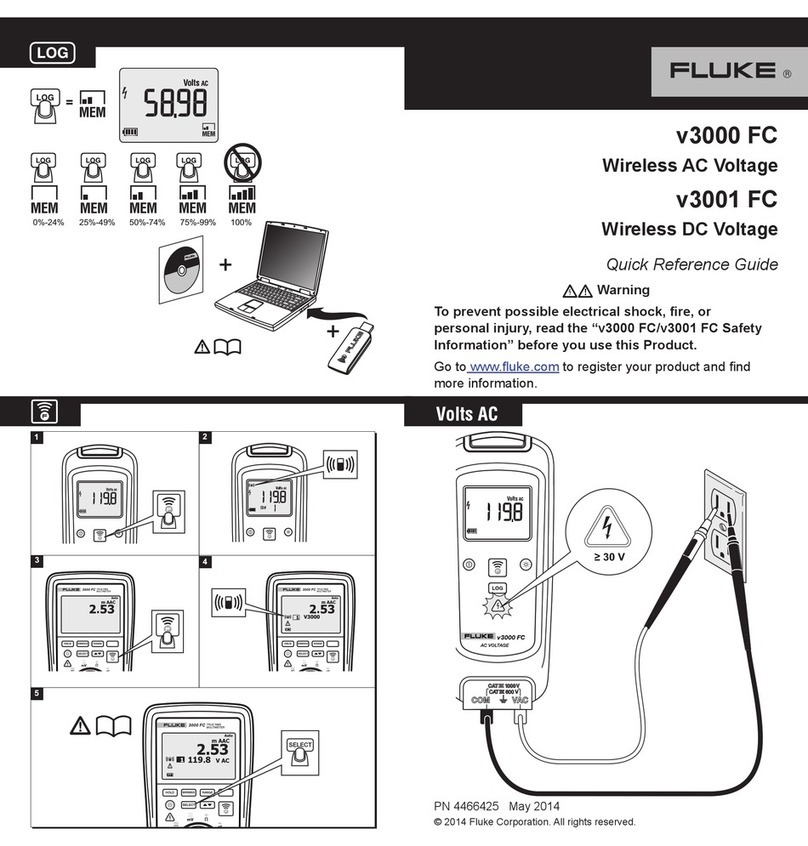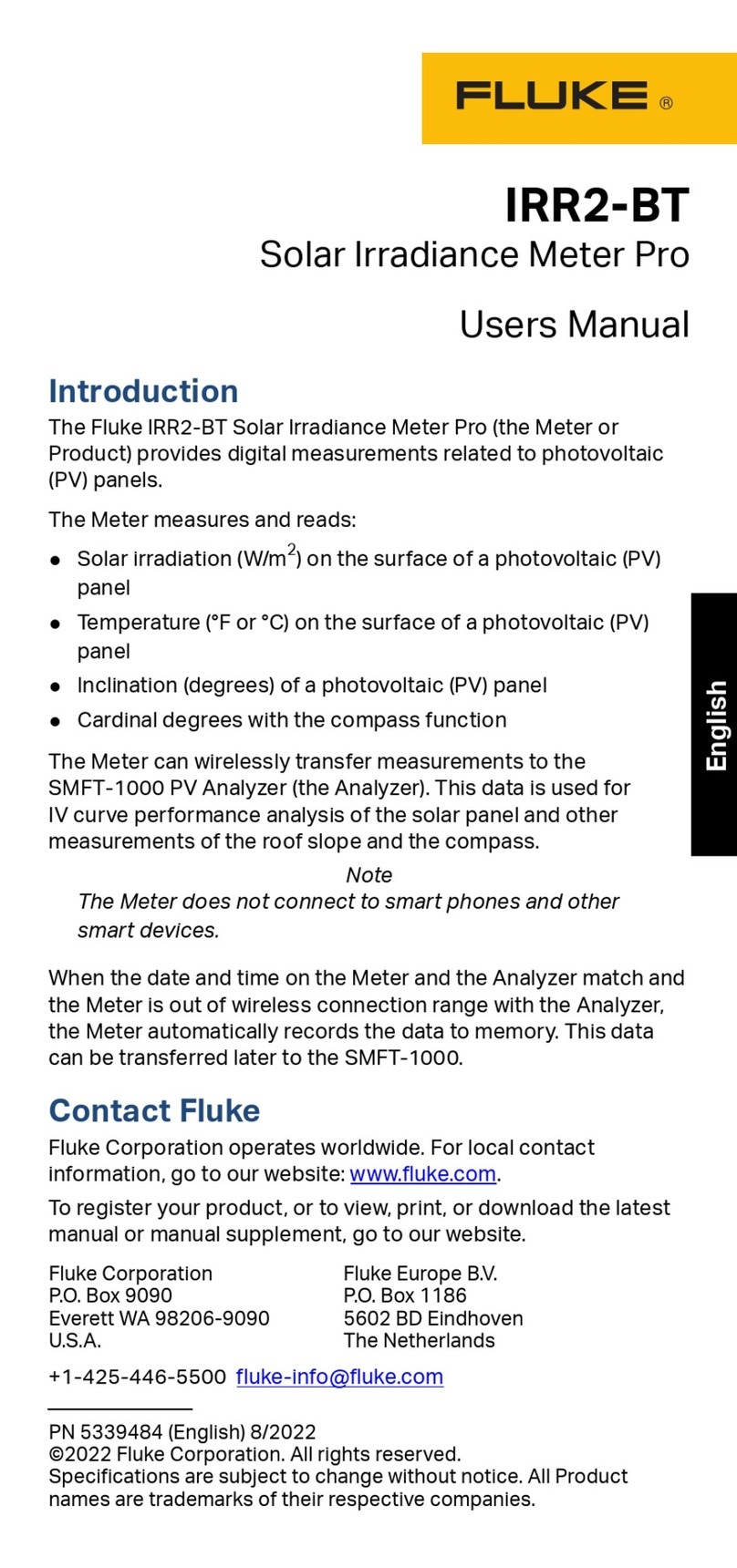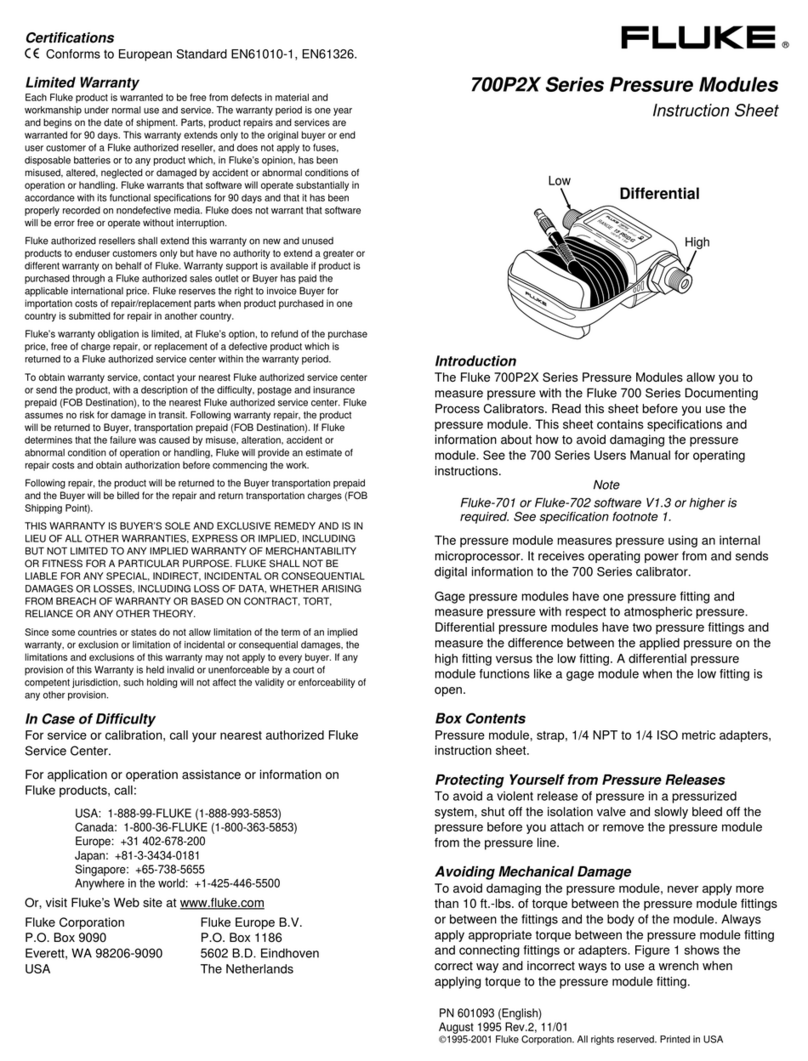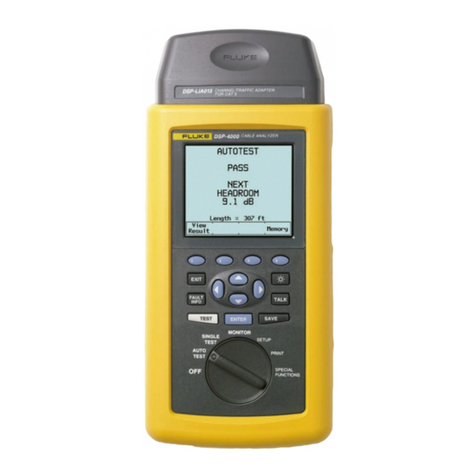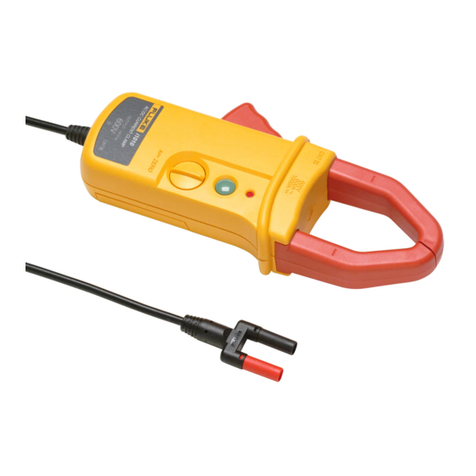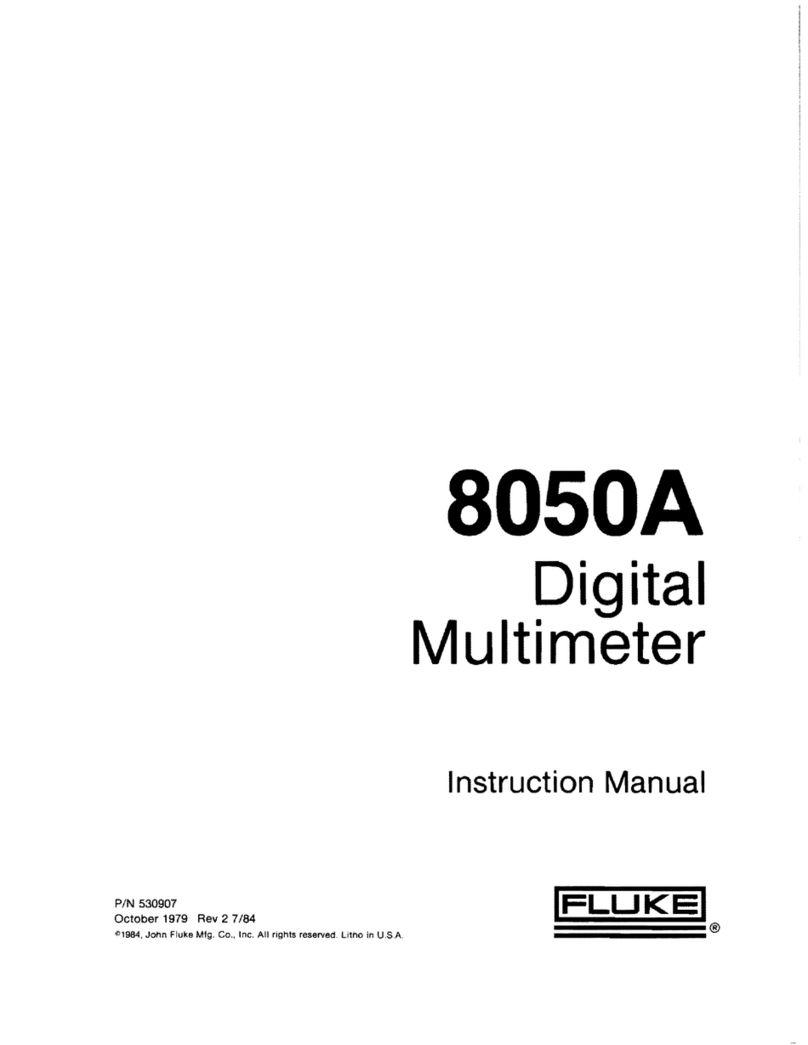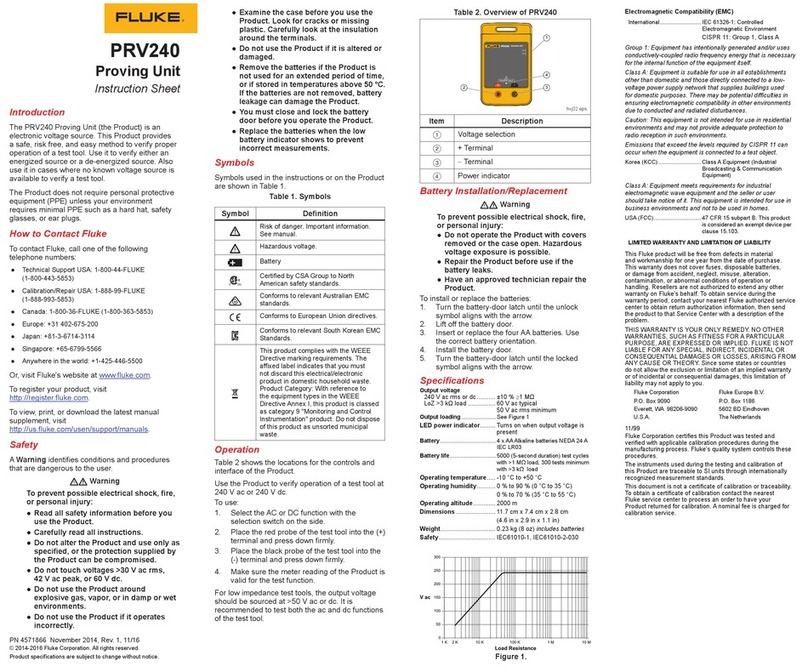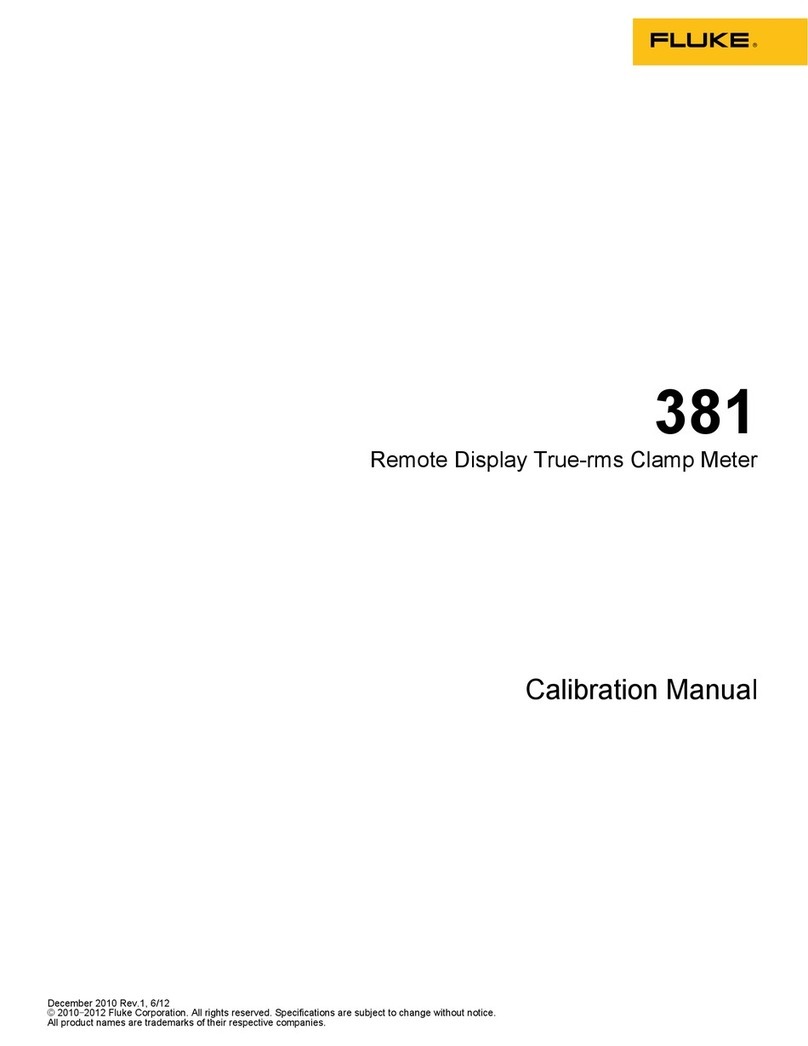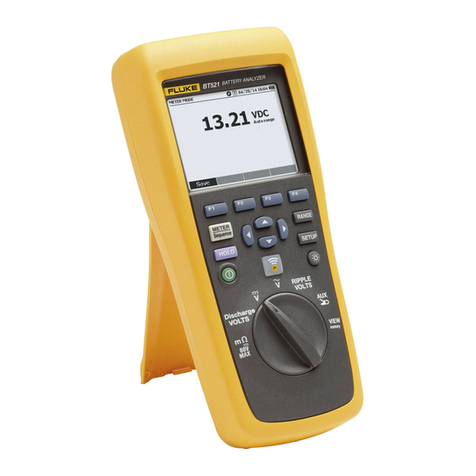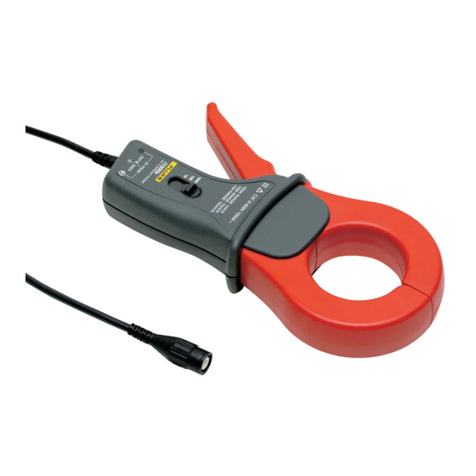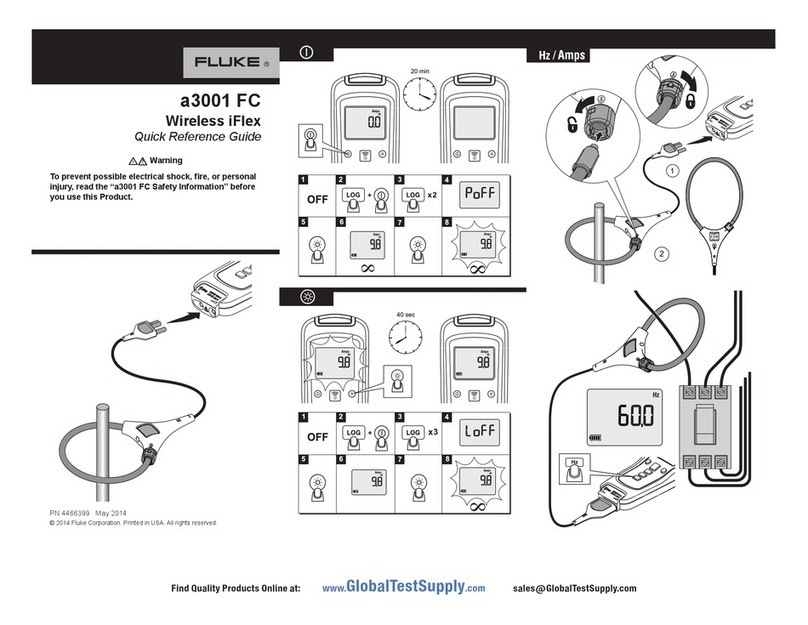
4 Measuring Functions
Introduction to This Chapter .....4-2
Selecting Function ...................4-2
Frequency Measurements .......4-3
FREQ A, B.........................4-3
FREQ C ...........................4-3
RATIO A/B, B/A, C/A, C/B .............4-4
BURST A, B, C .....................4-4
Triggering ......................4-4
Burst Measurements using Manual
Presetting ......................4-5
Frequency Modulated Signals ..........4-6
Carrier Wave Frequency f0.........4-6
fmax ...........................4-7
fmin ............................4-7
Dfp-p ...........................4-8
Errors in fmax,f
min, and Dfp-p .........4-8
AM Signals ........................4-8
Carrier Wave Frequency ...........4-8
Modulating Frequency .............4-9
Theory of Measurement ..............4-9
Reciprocal Counting ..............4-9
Sample-Hold...................4-10
Time-Out......................4-10
Measuring Speed ...............4-10
PERIOD..........................4-12
SingleA,B.....................4-12
AverageA,B,C.................4-12
Time Measurements ...........4-13
Introduction .......................4-13
Triggering .....................4-13
Time Interval ......................4-14
TimeIntervalAtoB..............4-14
TimeIntervalBtoA..............4-14
TimeIntervalAtoA,BtoB........4-14
Rise/Fall Time A/B..................4-14
Pulse Width A/B ...................4-15
Duty Factor A/B ....................4-15
Measurement Errors ................4-15
Hysteresis.....................4-15
Overdrive and Pulse Rounding .....4-16
Auto Trigger....................4-16
Phase .......................4-17
What is Phase? ....................4-17
Resolution ........................4-17
Possible Errors ....................4-18
Inaccuracies ...................4-18
Voltage ......................4-22
VMAX,V
MIN,V
PP ....................4-22
VRMS ............................4-23
5 Measurement Control
About This Chapter ..................5-2
MeasurementTime...............5-2
GateIndicator...................5-2
SingleMeasurements.............5-2
Hold/Run&Restart...............5-2
Arming.........................5-2
StartArming.....................5-3
StopArming.....................5-3
Controlling Measurement Timing . 5-4
The Measurement Process ............5-4
Resolution as Function of
MeasurementTime...............5-4
MeasurementTimeandRates ......5-5
WhatisArming? .................5-5
Arming Setup Time ..................5-9
Arming Examples ...................5-9
Introduction to Arming Examples.....5-9
#1 Measuring the First Burst Pulse . . . 5-9
#2 Measuring the Second
BurstPulse ....................5-11
#3 Measuring the Time Between
BurstPulse#1and#4............5-12
#4 Profiling ....................5-13
6 Process
Introduction ........................6-2
Averaging ......................6-2
Mathematics .......................6-2
Example:.......................6-2
Statistics ..........................6-3
Allan Deviation vs. Standard Deviation 6-3
SelectingSamplingParameters .....6-3
Measuring Speed ................6-4
Determining Long or Short Time
Instability .......................6-4
StatisticsandMathematics .........6-5
Confidence Limits ................6-5
JitterMeasurements ..............6-5
Limits .............................6-6
Limit Behavior ...................6-6
LimitMode......................6-7
Limits and Graphics..................6-7
IV
